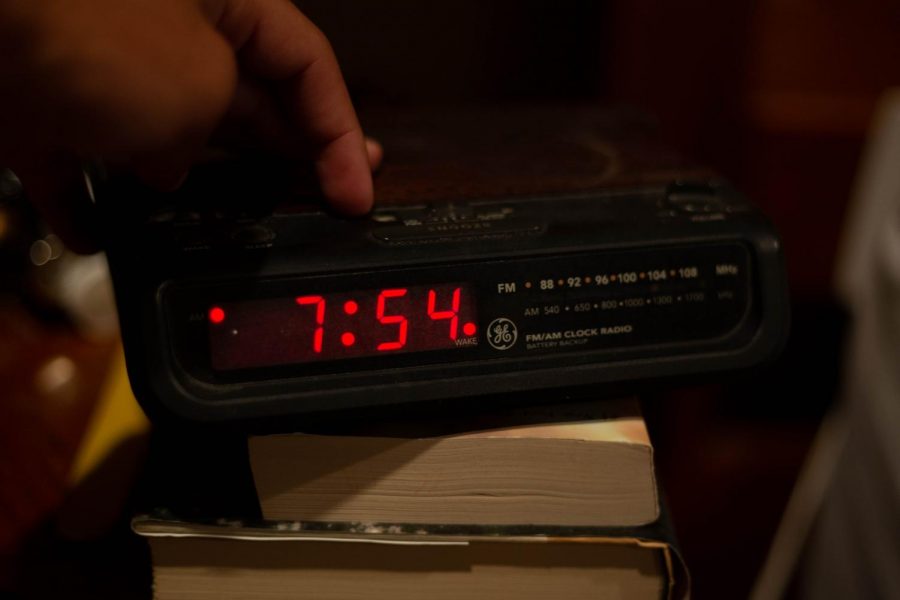
What countries follow daylight saving time?Ībout 70 countries around the world observe DLS.

The US territories of Guam, Puerto Rico, Virgin Islands and American Samoa also do not observe daylight saving time. In the United States, Hawaii and most of Arizona do not follow daylight saving time. Part of the act will extend daylight saving time starting in 2007, from the second Sunday in March to the first Sunday in November.Ģ007: Under new laws, all of Indiana now observes daylight saving time, where only certain areas of the state did before. Bush signs the Energy Policy Act of 2005 into law. States can exempt themselves from participation.ġ974-1975: Congress extends daylight saving time in order to save energy during the energy crisis.ġ986-2006: Daylight saving time begins on the first Sunday in April and ends on the last Sunday in October.Īugust 8, 2005: President George W.
/cloudfront-us-east-1.images.arcpublishing.com/gray/AS7RTTA7URGZTGNGWZAAESDF3U.jpg)
The dates are the last Sunday in April to the last Sunday in October. Daylight saving is repealed in 1919, but continues to be recognized in certain areas of the United States.ġ945-1966: There is no federal law regarding daylight saving time.ġ966: The Uniform Time Act of 1966 establishes the system of uniform daylight saving time throughout the United States. In the southern hemisphere countries like Australia, Brazil and Chile, the dates are reversed because their seasons are the opposite of the northern hemisphere. Thus, clocks are turned back in March or April and forward in September or October.Īlso note how your local weather station`s coolest temperatures in the morning and the warmest ones in the afternoon occur about one hour "earlier" and think about how this relates to energy usage in your home and business.March 19, 1918: The Standard Time Act establishes time zones and daylight saving. Many other countries use daylight saving time as well, including all of Europe, Australia, New Zealand, Brazil, Chile, Israel and Egypt. In April 2006, the Eastern Time Zone of Indiana began to use DST after decades of not changing the clocks back and forth in spring and autumn. However, daylight saving time is not used in the state of Arizona (aside from the Navajo Reservation), Hawaii, Guam, Puerto Rico, and the Virgin Islands. Mid-fall is a natural time to turn the clocks back in the U.S., since it is a time when home and business owners are switching from air conditioning to heat. In 1966, the Uniform Time Act was passed, setting up a system of uniform (within each time zone) Daylight Saving Time throughout the U.S. However, by 1966 daylight saving time was in use by more than 100 million Americans due to local laws and customs. Many of these individuals were farmers, who felt their productivity benefited from the extra daylight in the morning during the spring and summer. government created a law putting daylight saving time in effect during World War I and World War II. By 1855, a large majority of Britain`s clocks were set to DST.

Others adopted the idea in Britain, and this was the first country to put DST into effect starting in 1840 with London railroads. He included several humorous laws or ideas that the city of Paris could enact to conserve energy and make better use of daylight. In 1784, as he approached the end of his term as an American delegate in Paris, Franklin penned "An Economical Project," a discourse on the merits of natural versus artificial lighting.

The main idea behind Daylight Saving Time (DST) is to allow people and businesses to utilize daylight more effectively. More specifically, turning the clocks back in the fall and ahead in the spring helps to conserve energy.Īccording to many historians, the original idea for DST originated with none other than Ben Franklin, who was known for his colorful and often practical ideas in the realms of science and public policy. What you may not be aware of, however, is how daylight saving originated and the connection it has to weather. Probably the most noticeable difference between now and then is that on Halloween, skies now remain lit an hour later than in the past. Until 2006, Daylight Saving Time ended the last Sunday in October. turned back one hour as Daylight Saving Time ends.Ĭlocks always "fall back" on the first Sunday of November and has been that way since the Energy Policy Act of 2005, which also added three weeks of Daylight Saving Time in March. Sunday morning, November 7, clocks across much of the U.S. Daylight Saving Time has come to an end, and standard time with brighter mornings is beginning.Īt 2 a.m.


 0 kommentar(er)
0 kommentar(er)
